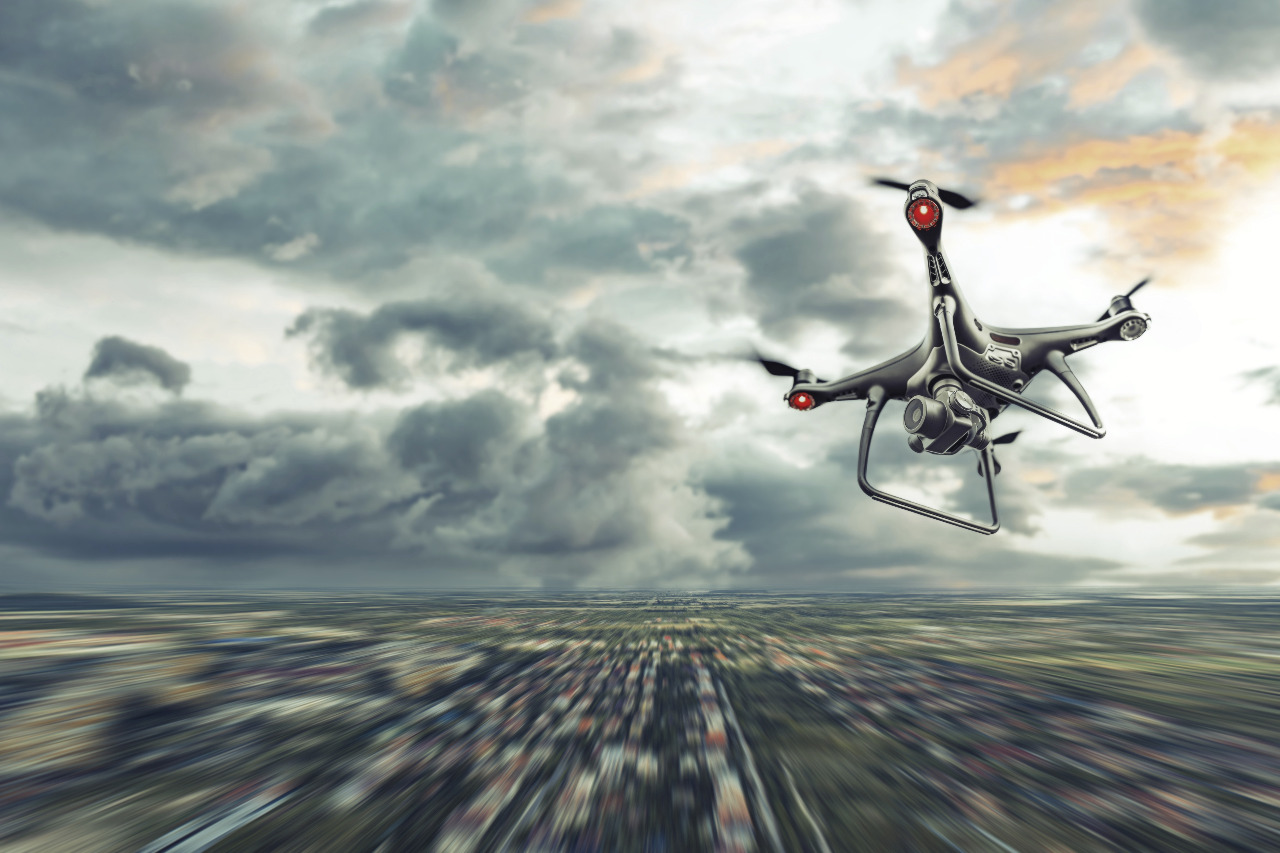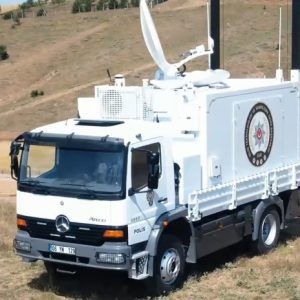
For decades, helicopter air assault symbolised deep-strike prowess. Today, drones vs helicopters is the real contest: low‑cost, persistent drone mining can suffocate logistics at scale while manned assaults gamble on shock and speed [1].
Key Facts
Mission geometry: Helicopter assaults demand dozens of airframes, escorts and SEAD/DEAD; drone‑laid mines demand small teams and expendable platforms [1][2].
Cost exchange: Illustrative comparison: a battalion‑sized air assault can run to tens of millions of dollars; a week of drone‑mining effects may cost ~3%–5% of that [1].
Logistics choke: Precision placement of PTM‑series mines by UAVs creates recurring convoy halts and route denial deep in rear areas [2][3].
Doctrinal shift: Dense air defences and cheap autonomy are pushing deep disruption from “lightning raid” to “slow squeeze” [1][4].
Allied relevance: NATO nations are expanding counter‑drone exercises and doctrine to adapt at speed [5].
From shock raids to supply strangulation
Helicopter assault remains the only way to physically seize infrastructure in depth—bridges, rail hubs, command posts. But success requires a pristine choreography: 20–40 lifts such as Mi‑8 or UH‑60, attack escorts like Ka‑52/Mi‑24 or AH‑64, and prior suppression of layered air defences. Attrition risk from MANPADS and radar‑guided guns scales rapidly; even limited losses can flip a raid into disaster [1][4].
By contrast, drone‑enabled mining replaces shock with attrition. Small teams push drones vs helicopters economics to the extreme: quadcopters lift 1–3 kg PTM‑series mines onto choke points 15–20 km behind the FEBA, while larger drones extend reach for repeated interdiction [1][2][3]. Each detonation halts convoys, and the threat of more forces rerouting and constant engineer tasking. The effect accumulates hour by hour.
Evidence from Ukraine’s battlefield laboratory
Open‑source reporting and field studies describe UAV‑delivered anti‑vehicle mines— including Shahed‑family adaptations—used to interdict roads and logistics nodes far from the line of contact [2][3][6]. RUSI’s tactical analyses note combined artillery‑and‑UAV patterns that canalise movement into mined kill boxes, then break up columns with fires [2]. RAND’s assessments likewise highlight the survivability challenge for low‑altitude manned platforms under dense sensor‑shooter networks, reinforcing why commanders increasingly prefer persistent unmanned pressure over episodic manned raids [4].
The drones vs helicopters shift reaches beyond the air domain. Ukraine has fielded a fast‑growing cadre of unmanned ground vehicles (UGVs) for logistics, casevac, and combat roles. Official updates reported an 80% month‑over‑month rise in front‑line cargo deliveries by UGVs in July, a sign that ground robotics now complements the air drone ecosystem in contested terrain [6]. NATO, for its part, is codifying counter-drone lessons and tackling novel threats, such as fibre-optic-controlled systems, through dedicated innovation challenges and exercises [5].
The cost‑exchange math commanders care about
Perfect parity comparisons are impossible, but the broad contours are stark. A battalion‑sized helicopter raid must pay the premium for crew safety, complex coordination, and air superiority windows. A week‑long drone‑mining campaign pays for expendability and time. Suppose the operational objective is to starve a sector of fuel, ammo and medevac capacity. In that case, the latter often achieves a comparable effect at a fraction of the budget and with far less political risk. This is why the drones vs helicopters debate increasingly boils down to tempo: do you need decisive shock now, or can you deliver decisive strangulation over days?
“Lightning raids create headlines; slow strangulation wins campaigns. In an age of ubiquitous sensors and cheap autonomy, commanders must be fluent in both.”
Implications for NATO planners and industry
Doctrine: Rebalance deep‑strike playbooks to institutionalise drone‑mining, convoy harassment and route denial alongside classic air assault. Build decision frameworks that map objectives to time‑risk‑cost, not platform preference. This keeps drones vs helicopters debates anchored to effect, not tradition.
Force development: Expand stocks of precision‑emplaced mines, expendable lift drones and counter‑EW kits, while hardening rotary‑wing packages for the few missions only they can do. Invest in C2, deconfliction and battle damage assessment pipelines that exploit reconnaissance‑strike loops without exposing manned platforms [2][4][5].
Training and safety: Scale red‑teamed counter‑drone exercises and range events that practise both mining and clearance under EW and kinetic pressure. NATO’s recent counter‑drone initiatives offer a template for rapid doctrine refresh [5].
Industry and alliances: Fund agile supply chains for attritable airframes, modular payloads and UGVs. Tie procurement to learning cycles emerging from Ukraine’s frontline innovation clusters, ensuring that drones vs helicopters trade‑offs stay data‑driven, not anecdotal [4][5][6]. For a broader look at autonomy trends shaping procurement, see our post‑show analysis from London’s defence week [8].
Bottom line
Helicopter assaults are not obsolete; they remain indispensable when ground must be physically seized. But for most rear‑area disruption tasks, the strategic centre of gravity is shifting. The operational question is no longer raid or mine? It is how fast do you need effects, and what price are you willing to pay in crews, aircraft and political capital? Between shock and strangulation, the calculus increasingly favours unmanned persistence. That is the real story of drones vs helicopters in modern war.
References
- Do Drones Make Helicopters Obsolete? — The National Interest (12 Sep 2025)
- RUSI — Tactical Developments in the Third Year of the Russo‑Ukrainian War (2025)
- The War Zone — Shahed Drones Dropping PTM‑3 Anti‑Tank Mines (Aug 2025)
- RAND — Implications of the Fighting in Ukraine for Future U.S. Air and Joint Forces (2025)
- NATO SHAPE — Ukraine Joins NATO Counter‑Drone Exercise (Sep 2024)
- Ukrainska Pravda — Ground Robotic Cargo Deliveries Up 80% (Aug 2025)
- CSIS — Russia–Ukraine Drone War: Innovation on the Frontlines (2025)
- Defence Agenda — DSEI 2025 Post‑Show Analysis (internal link)
Further Reading
- RUSI: Operational lessons on drones, artillery and mine canalisation [2]
- RAND: Survivability and decision‑advantage under dense air defence [4]
- NATO SHAPE: Counter‑drone exercise and innovation focus [5]











